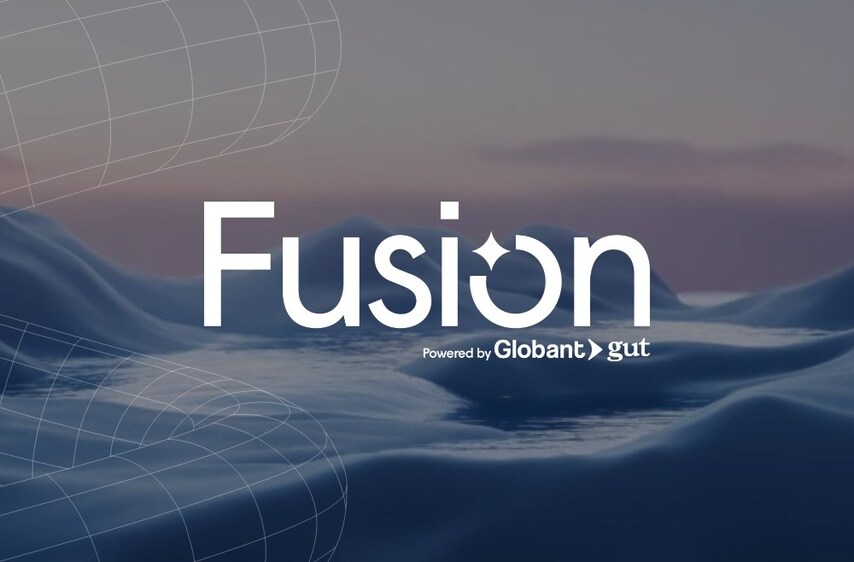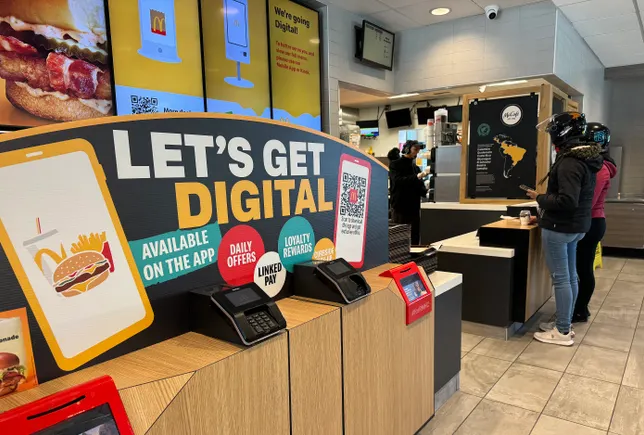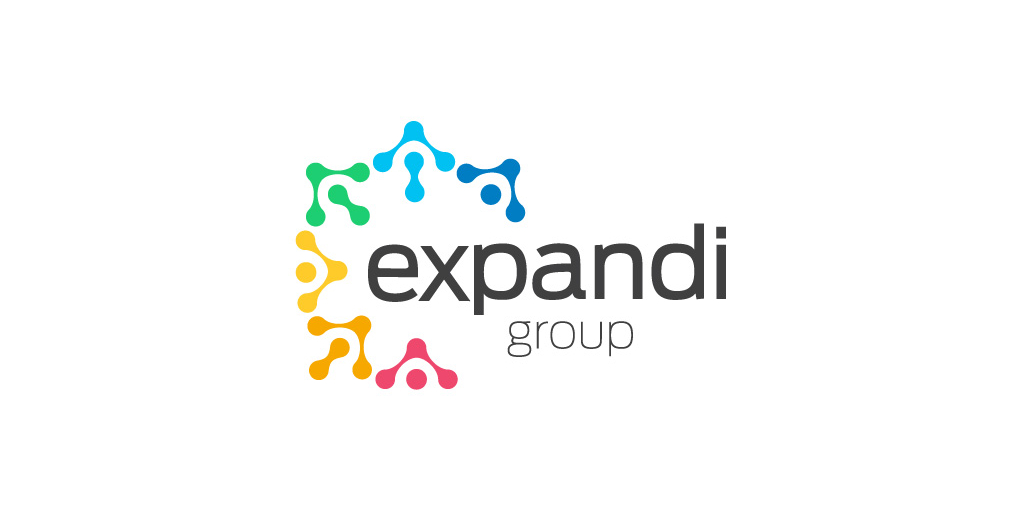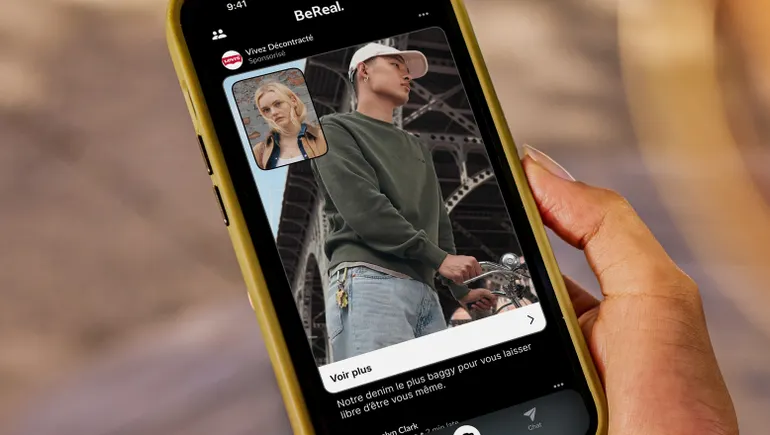Adapting to a Challenging Economic Climate
As inflation and shifting consumer behaviors reshape the dining landscape, major restaurant chains like McDonald’s and Starbucks are rethinking their marketing strategies. These brands are embracing bold campaigns, enhancing loyalty programs, and investing in digital technologies to remain competitive in a financially cautious market.
Creative Campaigns Drive Customer Engagement
To capture attention and boost brand affinity, many quick-service restaurants (QSRs) are launching innovative advertising campaigns. McDonald’s recently partnered with celebrities and content creators to create limited-time menu items and social media buzz. These collaborations aim to connect with younger audiences and create viral moments that translate into store traffic.
Similarly, Starbucks introduced seasonal promotions and themed beverages with creative storytelling elements. Their marketing efforts now often include rich visual content across digital channels, leveraging platforms like Instagram and TikTok to reach their target demographics where they spend the most time.
Revamping Loyalty Programs for Long-Term Retention
Recognizing the importance of customer retention, restaurant chains are evolving their loyalty programs. Digital rewards and personalized incentives have become central to these efforts. McDonald’s revamped its MyMcDonald’s Rewards program to offer more personalized deals based on customer preferences. The chain also integrated gamification elements to enhance engagement and encourage frequent visits.
Starbucks, known for its pioneering Starbucks Rewards program, has expanded its functionality to include more mobile ordering benefits and exclusive member perks. The brand is also exploring blockchain-based rewards initiatives to provide customers with even greater flexibility and value.
Investing in Digital and Mobile Technologies
Digital transformation is a cornerstone of current QSR marketing strategies. Chains are investing in mobile apps, AI-powered personalization, and enhanced data analytics to better understand customer behavior and optimize marketing efforts. McDonald’s has been expanding its app capabilities, enabling features like order-ahead, contactless payment, and targeted offers based on past purchases.
Starbucks continues to rely on its mobile app as a core engagement tool. With features like location-based promotions, voice ordering, and real-time order tracking, the company enhances customer convenience while collecting valuable data to inform future marketing decisions.
Economic Pressures Influence Promotional Strategies
As consumers become more price-sensitive, promotional pricing and value-based marketing play a crucial role. McDonald’s introduced meal bundles and value menus to appeal to budget-conscious customers without compromising perceived value. These offerings are often promoted through digital platforms to maximize reach and efficiency.
Starbucks, while maintaining its premium brand image, has also introduced targeted discounts and bundled offers for rewards members. By balancing affordability with brand integrity, these chains aim to retain loyalty during uncertain economic times.
Localized and Culturally Relevant Messaging
To resonate with diverse customer bases, restaurant chains are tailoring their messaging to reflect local tastes and cultural trends. McDonald’s, for example, has launched regional menu items and culturally themed campaigns that reflect community values and preferences. These strategies help foster a sense of inclusivity and local engagement.
Starbucks has implemented similar tactics, offering region-specific products and community-driven events that align with local values and traditions. This localization not only strengthens brand loyalty but also positions the brand as culturally aware and responsive.
Looking Ahead: Innovation and Agility as Key Drivers
With economic uncertainty likely to persist, restaurant brands must continue to innovate and adapt. This includes ongoing investment in digital capabilities, data-driven marketing, and agile campaign development. The future of QSR marketing will likely be defined by a blend of technology, creativity, and customer-centric strategies.
By staying attuned to consumer needs and economic realities, chains like McDonald’s and Starbucks are positioning themselves to weather financial headwinds while maintaining strong brand equity and customer loyalty.
This article is inspired by content from Marketing Dive. It has been rephrased for originality. Images are credited to the original source.











Leave a Reply